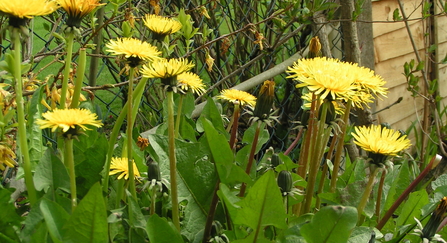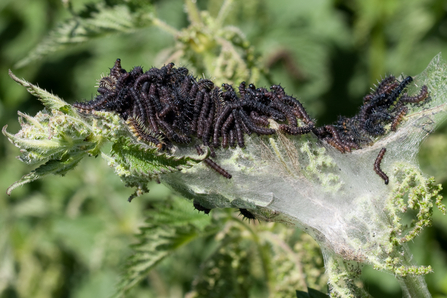Even in early Spring, there are plants we can forage that taste wonderful and best of all, are packed with vitamins and health-giving micronutrients. Just the tonic as we emerge from winter.
The easiest one to find growing out from the base of hedgerows and in our gardens is the stinging nettle (Urtica dioica), recognised by its oval, toothed leaves and the hairs on its stems.
On cooking, the sting completely disappears, use the young leaves to make a Vitamin C loaded herbal tea or a nutritious iron-rich soup. Nettle works well as a spinach substitute in dishes such as spanakopita, the Greek pie.
Pick the young leaves at the growing tips but be sure to wear impregnable gloves - washing up gloves are ideal as you’ll need to wash the shoots in cold water before cooking to remove insects. Do protect bare skin as the sting is quite vicious. The season for nettles is short, beyond the end of April the plants become coarse and hoary.




